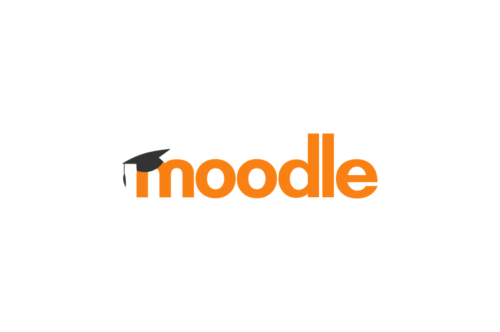We have widely accepted the value of diversity and inclusion in the workplace. However, this value goes beyond social acceptability. A 2018 McKinsey study showed that companies with diverse ethnic groups in their senior management teams significantly outperformed companies who did not. Companies in the upper quartile for gender diversity were 21% more likely to be more profitable.
Remote work favours increased diversity
Recent research by the National University of Ireland Galway and the Western Development Authority indicates that 95% of employees favour some degree of remote working. Recent government policy is supportive and various initiatives such as the Code of Practice on the Right to Switch Off are now being introduced.
It is easy to see how the move to remote work can help promote diversity. People who for a variety of reasons cannot easily come to the workplace can enter meaningful employment. Parents are the most obvious example. However, there are others including people with disabilities and other medical conditions or people with responsibilities that might otherwise exclude them.
Concerns regarding productivity
We are a year down the line of this accelerated change. It has occurred at a pace which no one could not have imagined. There is still great excitement at what has happened and societal benefits are manifest. Traffic on the road and reduced air pollution are obvious benefits. However, it would be surprising if this momentous change could occur without risks and potential downsides. Somewhat surprisingly, long-standing concerns about the effect of remote working on performance and productivity have proven unfounded. Employers and employees have all suggested that performance has improved.
A somewhat limited study by the University of Standford claimed that employers could see a 20% – a day per week – increase in productivity resulting from fewer breaks, less time off (sick leave) and people generally getting on with their work. The latter may come from reduced distractions in the office such as the water cooler chats or drawn out meetings. That may be where the rub is.
Concerns regarding inclusion
The water cooler is the place where you stay in the loop. The canteen is where you make friends as you share food, celebrate successes and make a fuss of newborns, weddings and holiday snaps. Meetings often provide an opportunity to help out, support a colleague and sometimes to strut your stuff. Even corridors give the opportunity for chance encounters and the lift can be the setting for the serendipitous elevator pitch that could launch a career.
Creativity and innovation are said to be the product of diverse minds working together. Problem-solving is often best done in teams. Conflict resolution is better handled face to face than over the phone.
All of the above events are examples of opportunities for diversity to thrive through inclusion. The Chartered Institute of Personnel and Development in its Factsheet on Diversity and Inclusion states that an inclusive working environment is one in which everyone feels that they belong without having to conform, that their contribution matters and they are able to perform to their full potential, no matter their background, identity or circumstances. There is a real possibility that, as a result of remote working, employees will lose their sense of belonging, including the ability to collaborate and to contribute as part of a team. If that proves to be the case then the benefits of remote working, in terms of diversity, may be diminished by its impact on inclusiveness.
Fostering inclusion in remote or hybrid workplaces
This does not need to be the case. However, optimising remote working may be the great present day challenge for HR professionals. The maxim, out of sight out of mind, is the antithesis of inclusiveness. However, there are many policies and initiatives which organisations can find helpful in reconciling remote working and inclusiveness. Blended working is one such approach and for many will provide the best option, especially in organisations that are flexible in the blend mix by allowing two, three or even four days of remote working per week.
Employee surveys can be used to provide regular feedback on employee engagement and their experience of remote working. Surveys may provide early indicators of unintended consequences of remote working. Enhanced training in communications and teamwork will also help.
Employers may also have to be proactive in developing social contact events as a substitute for the ad hoc interactions that occur when people work closely together. Remote working will thrive in organisations that foster the inclusion that enables members of a diverse workforce people to fulfill their potential in a supportive and sharing community.








